Bioradiations.com, the online technical resource for Bio-Rad customers, has been offering a variety of protocols and tips, research highlights, customer stories, articles of general interest, and in-depth technical reports throughout the year. The redesigned site added new categories, such as Lab Notes, Tip of the Week and Editors’ Picks. Here are the highlights of what we presented in the year 2015.
Protocols and Tips

10 Tips and Tricks for Designing Multicolor Flow Cytometry Panels
Multiplexing an assay comes with its own complications in addition to the benefits it affords. Designing multicolor panels for flow cytometry analysis entails several considerations for a successful outcome. Here is a list of tips that can help you succeed in setting up and running a multicolor flow cytometry panel.

Get Published! 10 Tips for Getting Published Successfully
When you have finished all your experiments and have the paper ready in your head, you need to consider several factors before sending it for publication. Here are some tips that Bio-Rad’s PrimePCR™ PCR Primers and Assays group put together for getting the paper published successfully.

7 Tips for Choosing the Right Antibody for Western Blotting
Which antibody is the best to obtain a definitive and conclusive answer for my questions? How do I choose the best antibody for my purpose? These are standard questions that scientists ask time and time again. Here are a few tips to choose the most appropriate antibody for your specific application.
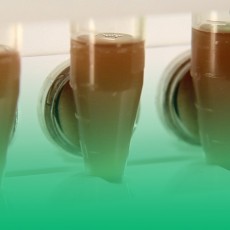
SureBeads™ Magnetic Beads Standard Immunoprecipitation Protocol
Immunoprecipitation (IP) is a commonly used protocol for concentrating and purifying proteins using specific antibodies and magnetic beads. Here is a simple IP protocol using Bio-Rad’s SureBeads Magnetic Beads.
Lab Notes Video Series

How to Minimize Contamination in qPCR Experiments
Are you using ethanol to prep your bench for qPCR? Watch this episode to find out why that might be a bad idea. We’re sharing seven tips for minimizing contamination of qPCR experiments.

Four Tips for Developing a Sample Prep Protocol for SDS-PAGE or Chromatography
From making sure that your lysis buffer is compatible with your protein quantitation method to advice on when you do and don’t have to worry about proteases, we share helpful tips for developing a sample preparation protocol.

Five Tips for Picking the Right Cell Disruption Method for Protein Analysis
Sonicator or freeze-thaw? Detergent or enzymatic lysis? Find out how to pick the right cell disruption method for your experiment.

Tips for Using Chromatography Columns with Your NGC™ Chromatography System
Here are the methods you need to ensure optimal, long-lasting column performance.
General Interest
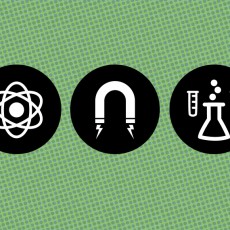
In Pursuit of (Ig) Nobility: The Ig Nobel Prize
What is so noble about receiving an award? What if it is an Ig Nobel award? This article reviews what Ig Nobel awards are, how they are determined, and discusses some research topics that were awarded the Ig Nobel awards this year.

What Academic Researchers Can Learn from Small Biotechs about Antibody Validation
Academic labs don’t have the money to do full-scale validations of antibodies. What tricks can small biotechs teach them about validation? Find out.
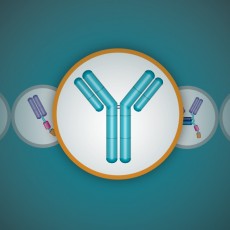
Trends in Antibody Generation Techniques — the Fully Synthetic Human Combinatorial Antibody Library (HuCAL®) Technology
From using nonspecific polyclonal antibodies to developing monoclonal antibodies from immortalized antibody-producing cells to antibody engineering and generation of antibodies using an animal-free library with billions of antibody fragments to choose from, the antibody technology has seen tremendous advances. Explore where this journey started and what the current trends are and what the human combinatorial antibody library (HuCAL) technology destination has to offer!

CRISPR: The Hopes, the Fears, and the Biology
Few discoveries have changed the pace of discovery and the types of questions we can ask as drastically and quickly as CRISPR-based genome editing. But where did CRISPR come from? How was it adapted to become such a game-changing genome editing tool? And why are some of its greatest proponents alarmed?
Technical Reports

A Semi-Automated Quantitative PCR Approach to Assess Differential Anti-Apoptotic Gene Expression Patterns Associated with Prostate Cancer Progression
Gene expression analyses become complicated and extremely time consuming when large numbers of genes need to be analyzed. Here we present a semi-automated qPCR workflow with reduced setup and processing times using Bio-Rad’s PrimePCR™ Panels and CFX Automation System II Plate Handler.

Ultra-Sensitive Quantification of Genome Editing Events Using Droplet Digital PCR
Genome editing using tools such as CRISPR/Cas9 and TALEN has gained enormous popularity in recent days due to their ability to create precise deletions or insertions. However when the frequency of these gene edits are really small, an ultrasensitive method like ddPCR™ is needed for accurate quantification. This technote explains how Droplet Digital™ PCR is used for the detection of HDR and NHEJ alleles generated using CRISPR/Cas9 and TALEN editing systems.
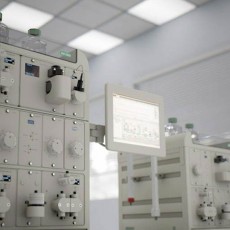
Advantages of Multidimensional (Multi-D) Chromatography Using the NGC™ Chromatography System over Traditional Sequential Chromatography
Traditional sequential chromatography typically requires intensive hands-on user manipulation, which could hinder the reproducibility of protein purification runs. Multi-D chromatography aims to improve this process while maintaining the efficacy of the traditional workflow.
Customer Stories
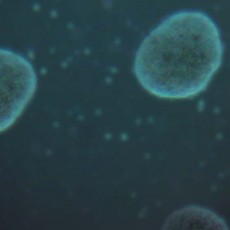
Too Many Questions, Too Little Sample: Developing a Real-Time PCR Workflow for Monitoring Gene Expression in Limited Samples
Traditional real-time PCR workflows often limit the number of genes that can be studied, especially when sample amounts are small. A new workflow now allows Mark Kibschull of the Lunenfeld-Tanenbaum Research Institute in Toronto to track the expression of hundreds of genes using a fraction of the starting material required by traditional methods.
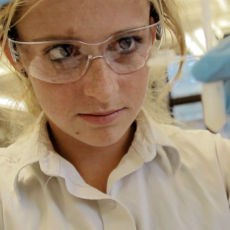
3 Moments of Inquiry with Bio-Rad’s pGLO™ Transformation and Inquiry for AP Biology: A ThINQ! Investigation Kit
“Inquiry-based” is the new buzzphrase in science education. But what do these learning practices look like on the ground? Visit one high school in Southern California and find out about this new approach to teaching science.
Research Highlights

Next Generation Computers: Transforming Cells into Autonomous Computing Devices
What do computers and cells have in common? Can cells function as computers or recording devices? Can a bacterial computer be built? Synthetic biologists have recently developed a platform called SCRIBE (Synthetic Cellular Recorders Integrating Biological Events) to convert genomic DNA into a “tape” for recording and memorizing information. This article explores many interesting aspects of autonomous cellular memory and the potential applications of such living computational systems.
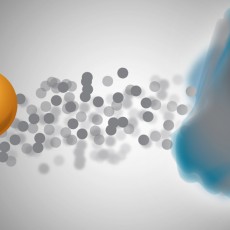
Researcher Profile: Suzanne Topalian Pioneers PD-1 Inhibitor Drug to Treat Advanced Cancer
Suzanne Topalian was recognized in 2014 by Nature as one of “Ten People Who Mattered This Year” for her contributions in pioneering nivolumab, a programmed cell death protein-1 (PD-1) inhibitor that was recently approved in Japan for advanced melanoma treatment and that shifts the paradigm for a wide range of cancer therapies.
Tags:general interest



